Rare minifigure differences
Posted by Huw,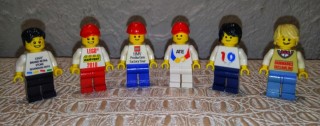
Here's another article written by Evgeniy aka legoman_russia:
In this article, I would like to show the differences in design of rare LEGO minifigures, which are not always noticeable at the first glance. However, these differences demonstrate the kinship and variety of minifigures, the completeness of the collection and the uniqueness of each instance minifigure individually.
It is no exaggeration to say that a fairly large number of minifigures have the differences in design. Some of differences are little known, and their history is covered in darkness. Others are like different year mentioned on the torsos but this type of difference does no matter due the article.
For example, it was the big surprise for me seeing LEGO London Hubster minifigure appeared without prints on the back. Although it has a more well-known variation with a commemorative inscription on the back of the torso.
On a picture above we can see «London October 2014» printed on the back. It’s well-known variation rarely appeared on the secondary market. But it’s common for this minifigure.
But once in a lifetime I saw plain white back London Hubster minifigure came from a former employee. Sadly, I missed this rarity while it was shipped to me. Shipper had lost a parcel so I never received this one to my collection. And I can’t discover it over again elsewhere.
I’m not sure if there were loads of plain white back variation of London Hubster minifigure. I had an idea this might be sort of prototype for other HUB minifigures. But we are aware only Singapore and Shanghai have HUB minifigures and they look rather different compare to London one.
By the way, Shanghai HUB minifigures various as well. They were shown in a box of two minifigures back in 2017 and both minifigures have slightly visible differences in hieroglyph on the back. No one of collectors I’m in touch with has these minifigures. They’re definitely number one in my rating of rare LEGO minifigures.
Recently LEGO Inside Tour 2010 minifigure was pointed out. And I could see LEGO Inside Tour 2010, 2011 and 2015 minifigures have similar pattern on the front of the torso. But they definitely don't look the same on the back. Look at these different fonts used that makes you to collect each to end up the series of LEGO Inside Tour minifigures.
And you can mix up for ease any of LEGO Inside Tour 2010, 2011 and 2015 minifigures along with LEGO World Denmark 2010 torso as the fronts are identical printed all told.
LEGO quite often changes fonts making various minifigures. Could you notice the differences in these following two LEGO Mr. ReBrick 2016 and LEGO Mr. ReBrick 2017/18 minifigures?
Instead of different fonts on the back you can see front pattern differ in the location of designed details.
The difference to LEGO Mr. ReBrick 2012 minifigure is more known. It came both with normal sand blue torso variation and another one misprinted on the front.
LEGO Mr. ReBrick 2012 Misprint minifigure was initial version that was never given out, and is known as a misprint because underneath the classic ReBrick logo print, it says «Competition winner» which was deemed «too difficult to read» due to the size, therefore not many were produced and were quickly retired from production, instead it was replaced by the 2012 version without the writing. There's said to be less than 50 of these in circulation. Normal LEGO Mr. ReBrick 2012 minifigure was the first version that was handed out for the ReBrick competition winners only during 2012 to 2013, before being replaced by the 2014 version. There's around 80 of these that were given to competition winners and given out during LEGO themed events.
There’s also Brick Korea convention 2014 minifigure happened to be officially misprinted. Misprint variation has different font and doesn’t mention «convention» on the torso. But I think it wasn’t pure misprint but production error as I’m not aware if any misprint was ever given away to exhibitors but only normal variation was handed.
Those who visited last officially held Skaerbaek Fan Weekend event back in 2014 know a souvenir minifigure. There’s a graphic «10» icon formed from red and blue balloons on the front.
But LEGO produced and distributed another minifigure with the similar front printed. It was made by the LEGO Group's «Community Team» as an ad-hoc gift available to various members / organisations of the LEGO fan community celebrating a 10th anniversary of some form. Most likely scenarios would be ten years of successful execution of a LEGO fan-organised event or ten years since the founding of a LEGO Users Group (LUG).
Fewer people know about various LEGO 5k Monterrey Family Road Run minifigures. First of all, we can see differently back printed 2013 minifigures. Collectors usually put printed «Fundación México» back to 2013 female variation.
But LEGO 5k Monterrey Family Road Run 2014 minifigures have more differences. While both male and female minifigures have nothing common on the frond, they have their own variations giving us a pair of male and a pair of female minifigures. LEGO made this possible due to «Fundación México» printed under the LEGO logo on the back of the torsos as a variation.
Visitors of the LEGO House, special guests and attendees of LEGO Inside Tour are always gifted with exclusive LEGO Idea House minifigure.
This minifigure came out a few times, starting from around 2016, maybe a little earlier, and it happened that today there are three variations are known, which differ in prints.
One of the curious variation might be found over female LEGO Store Employee minifigure that come with different design on the front along with waist, curved lines and contrast in the collar. This variation was an internal one for LEGO Store employees and never appeared elsewhere. Male one is common and might be found inside promotional polybag.
Finally, I have something special but I’m not sure enough if I tell you about original variation. And it’s about the LEGO Ideas minifigure.
In spite of this minifigure has different compare to any other minifigures LEGO logo printed, it probably has different run variation.
As for LEGO logo you can see printed above the «LEGO» but not on the right as it shown on other minifigures.
But I can see different types of font as well.
I met this different «LEGO» several times and on different torsos. This might mean the LEGO Ideas minifigure is various.
But it might be faked variation as well. I don’t know exactly as LEGO Ideas minifigure is one of the rarest and the weird variant supposed to be the early run or never officially produced.
57 likes
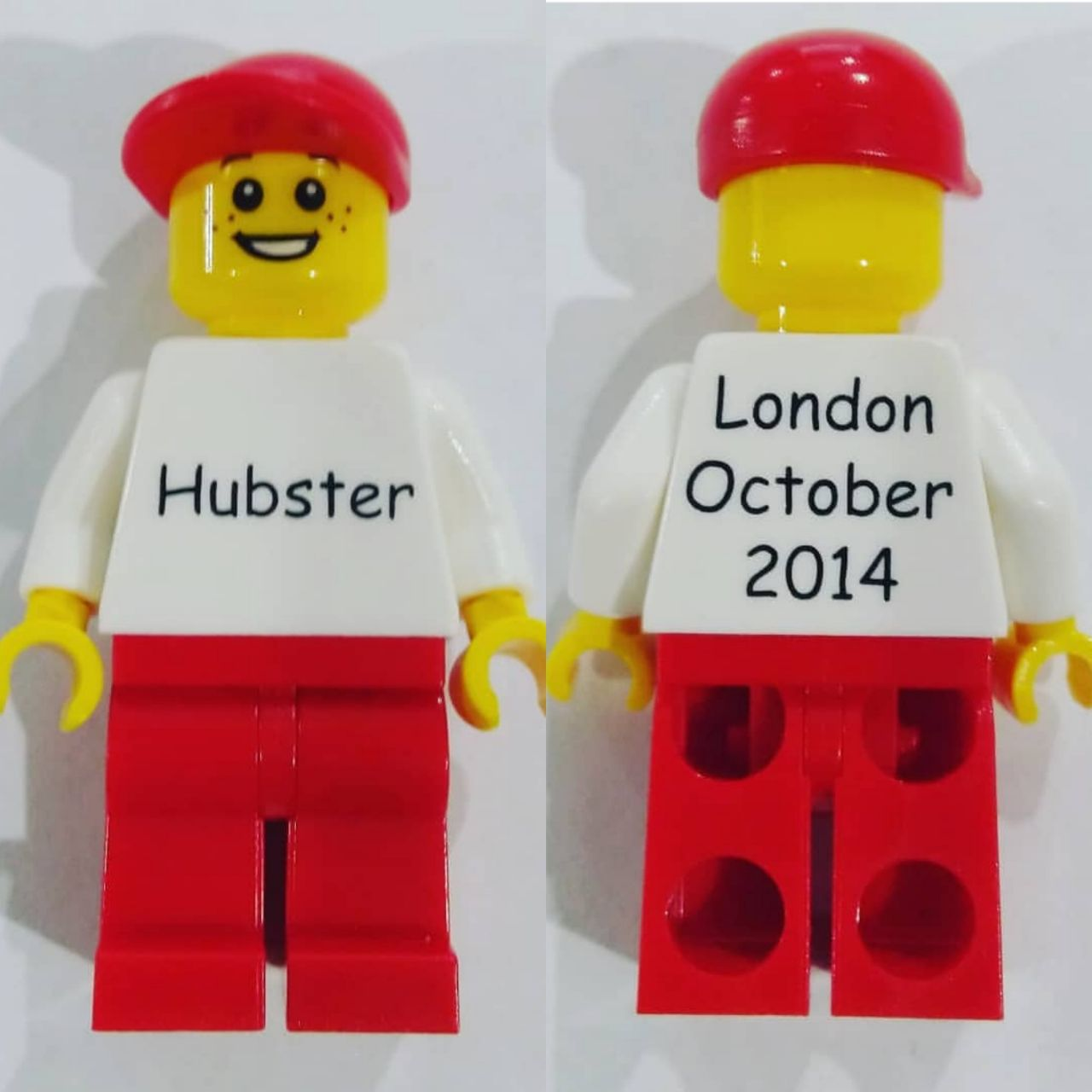
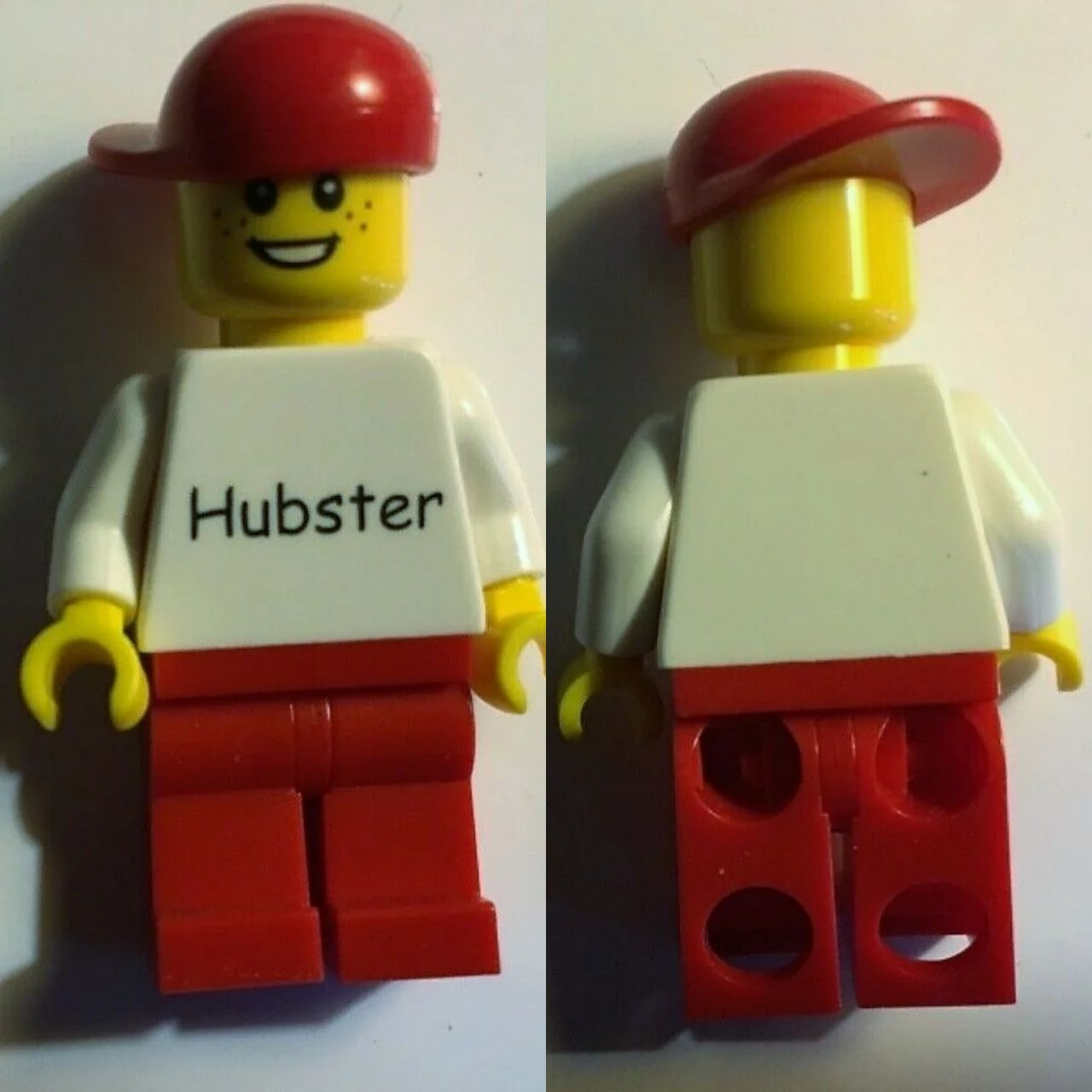
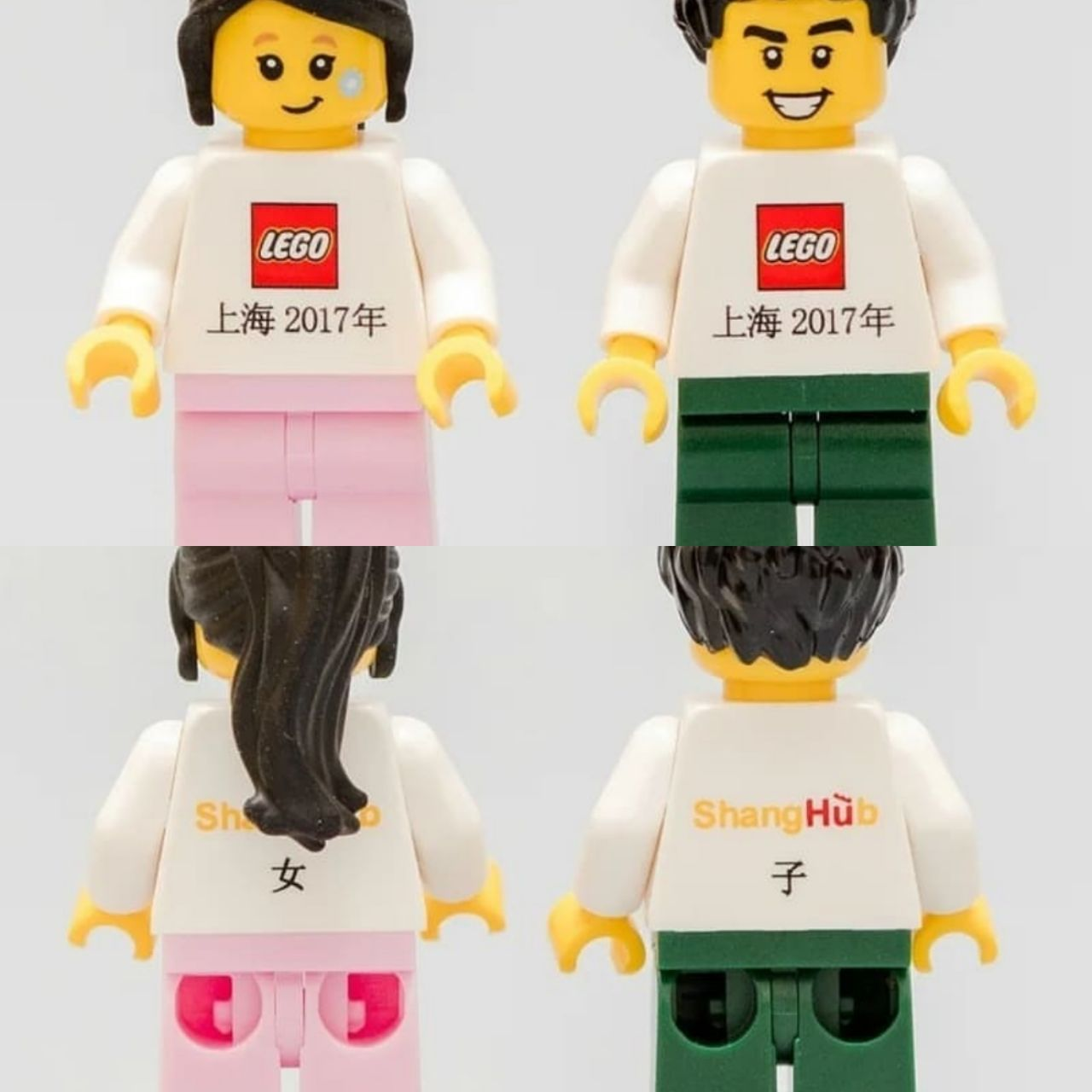
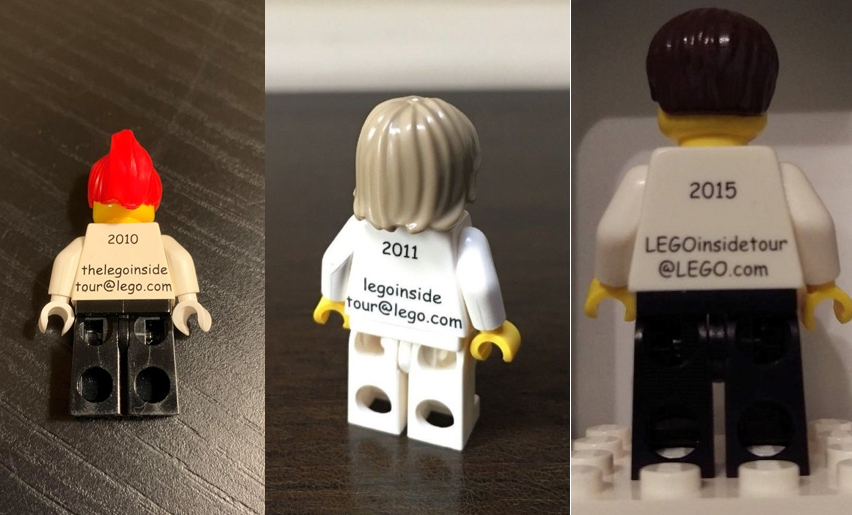
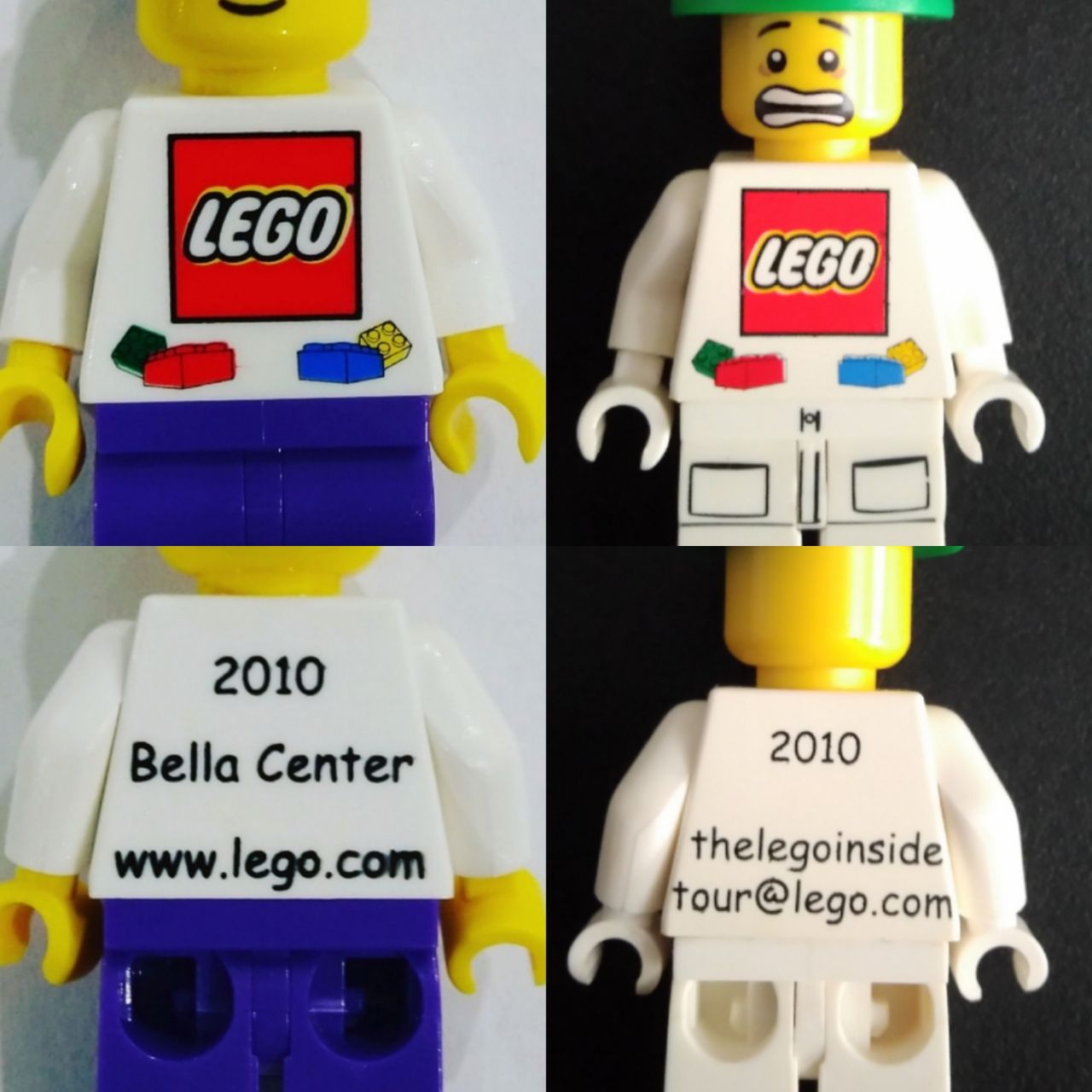
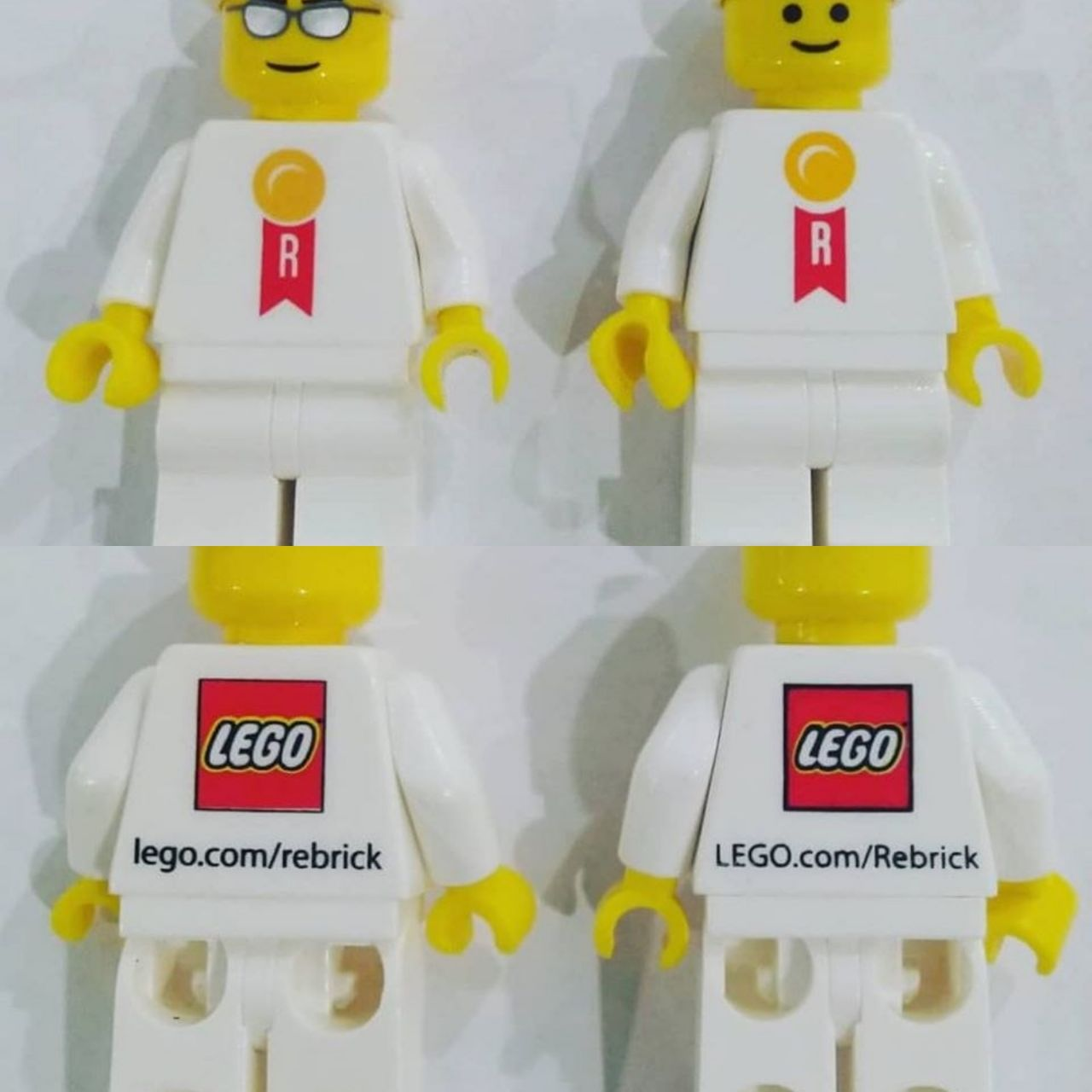

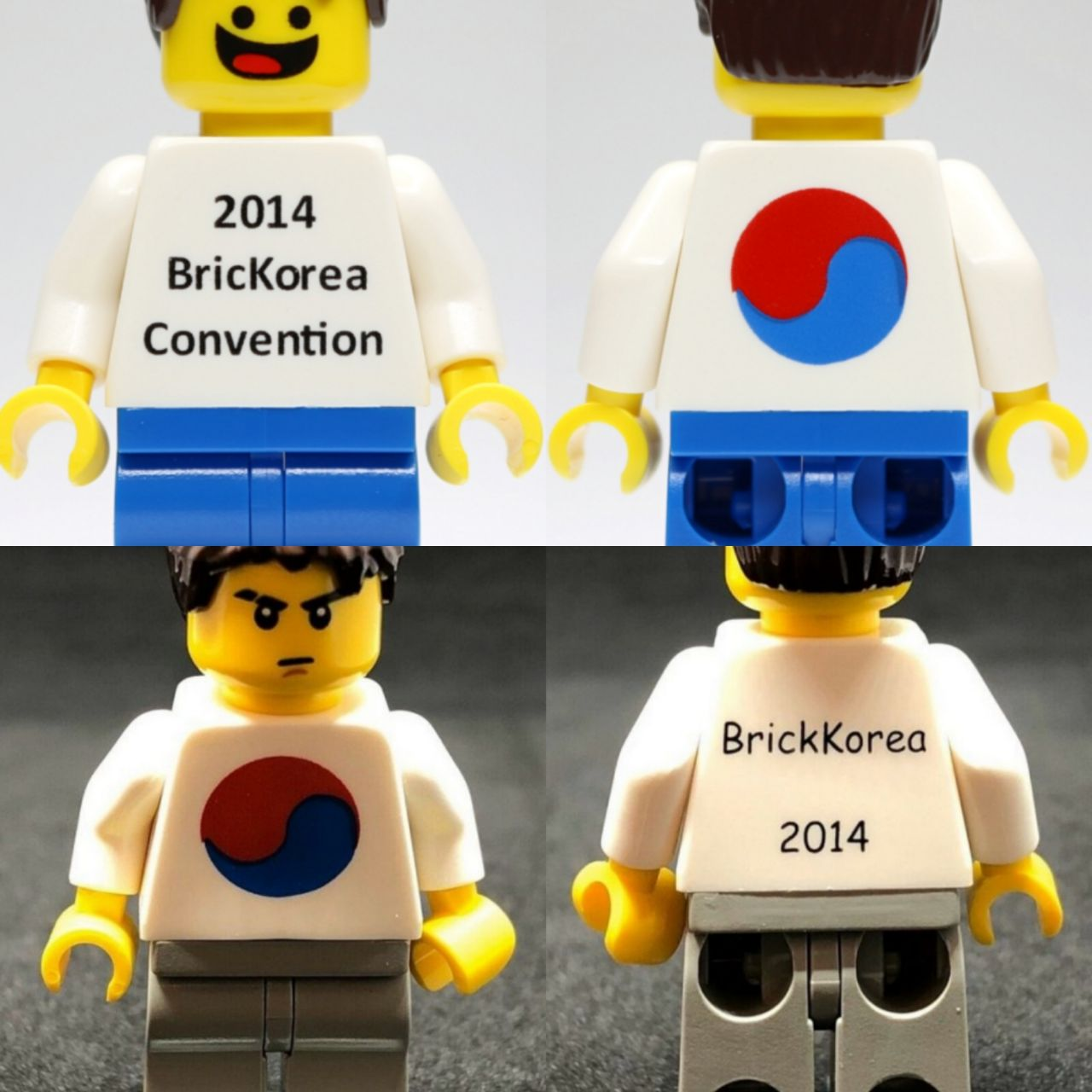
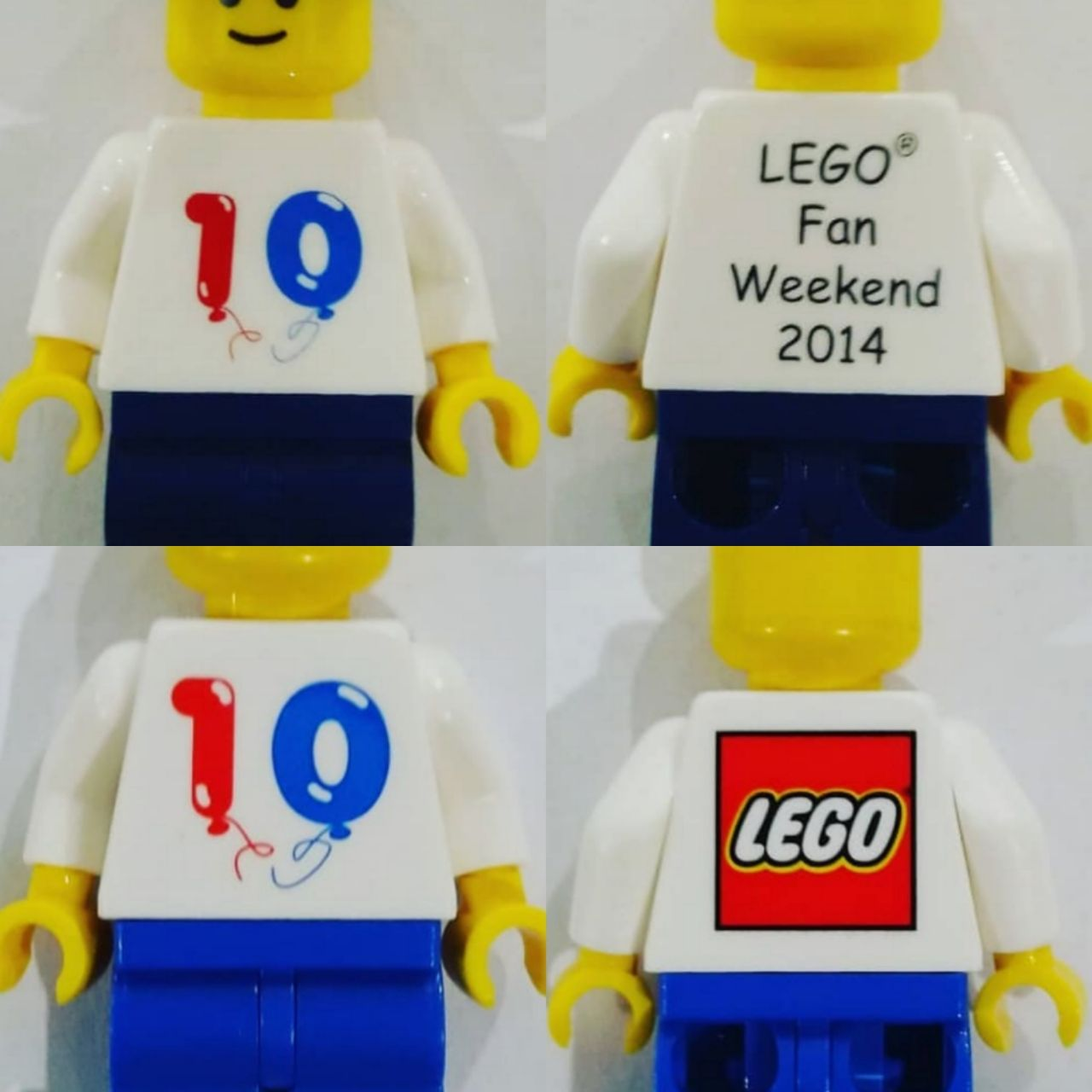
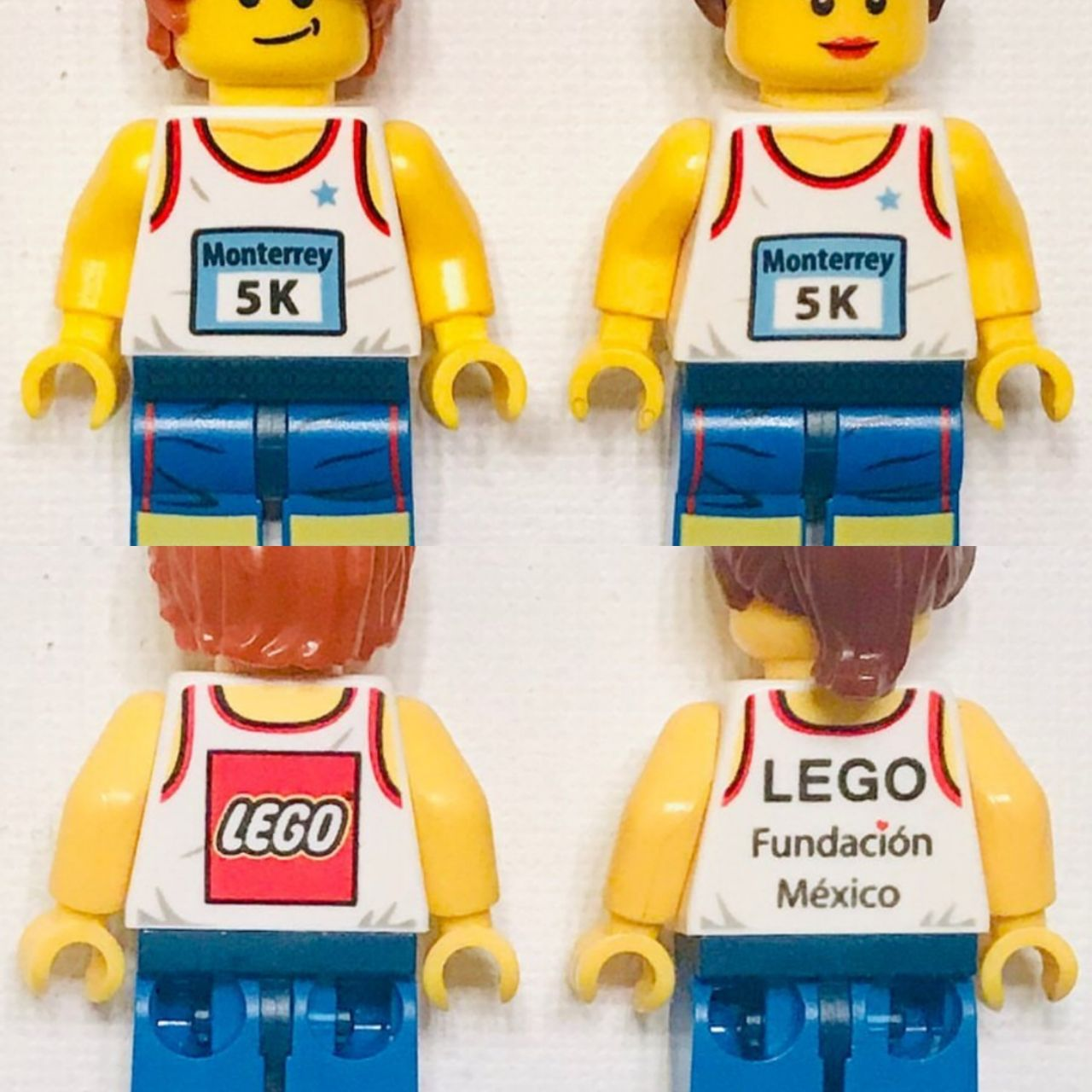
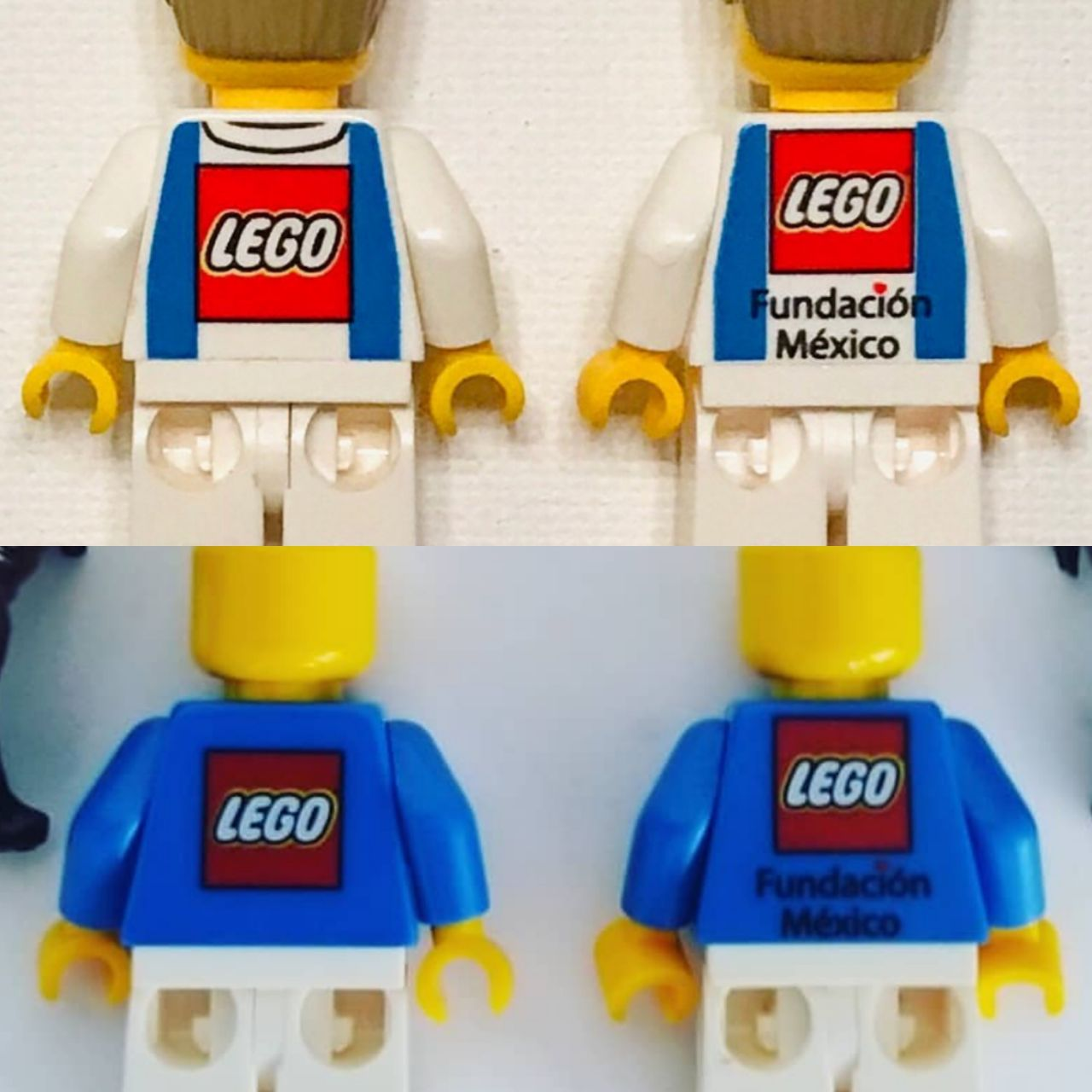
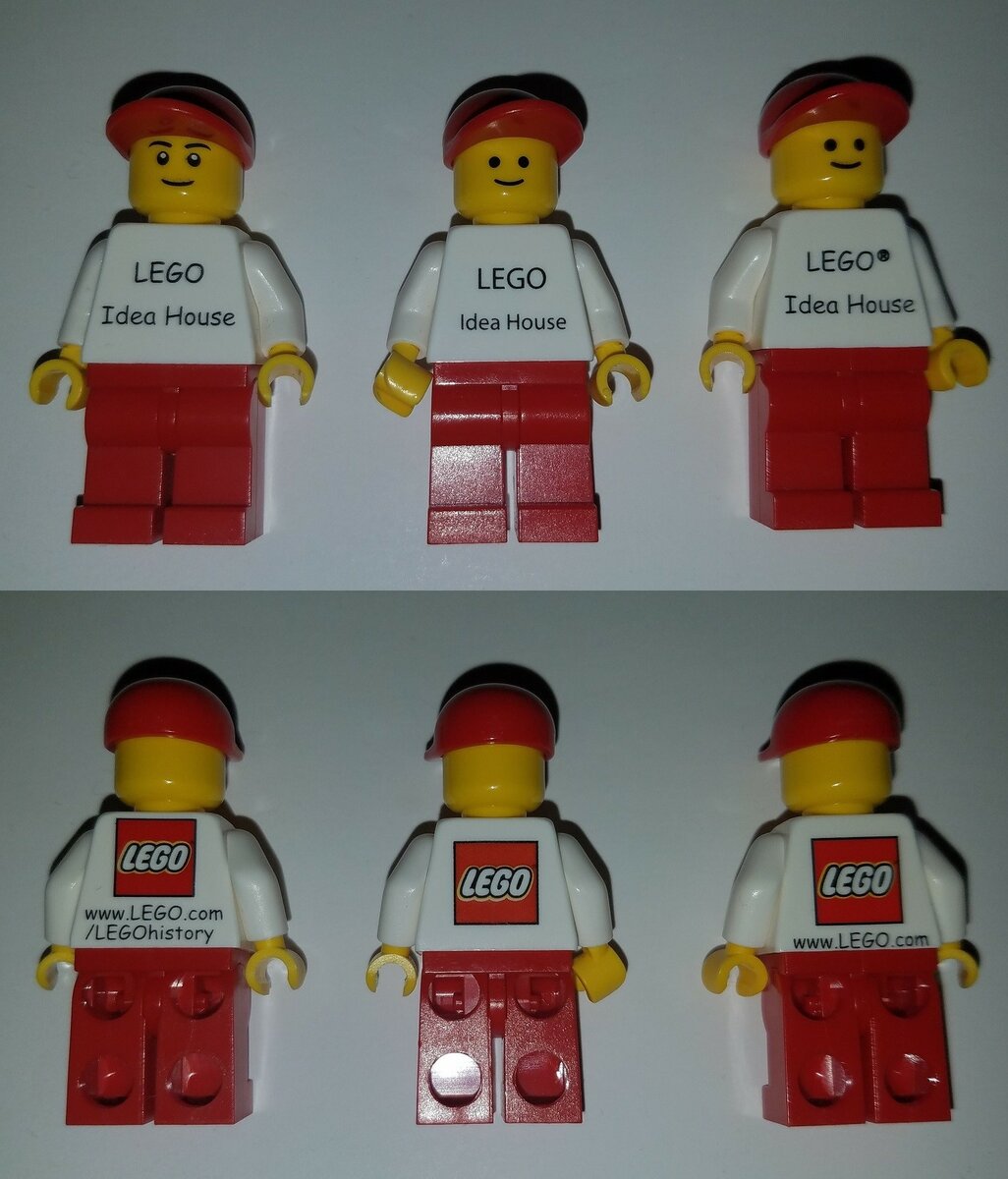
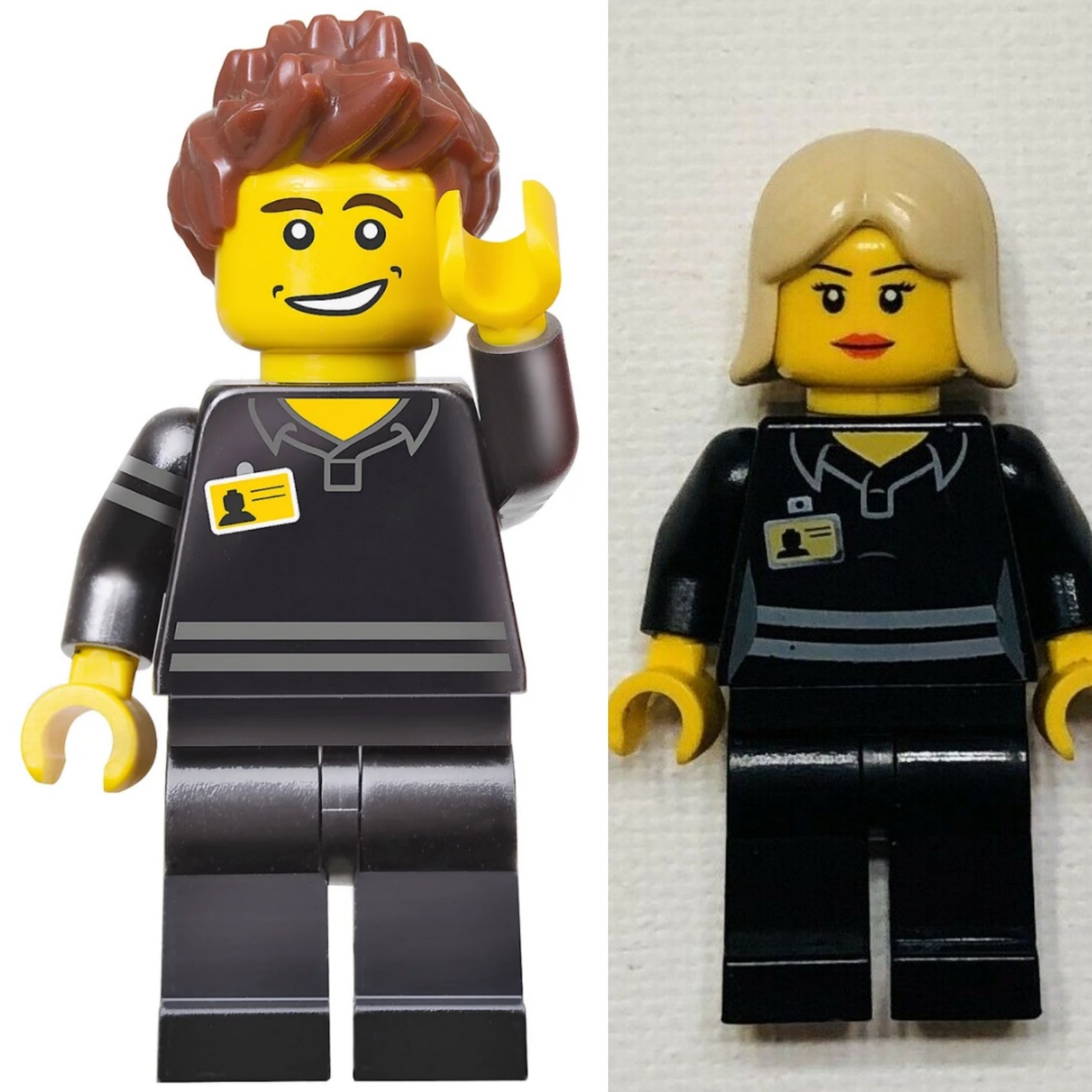
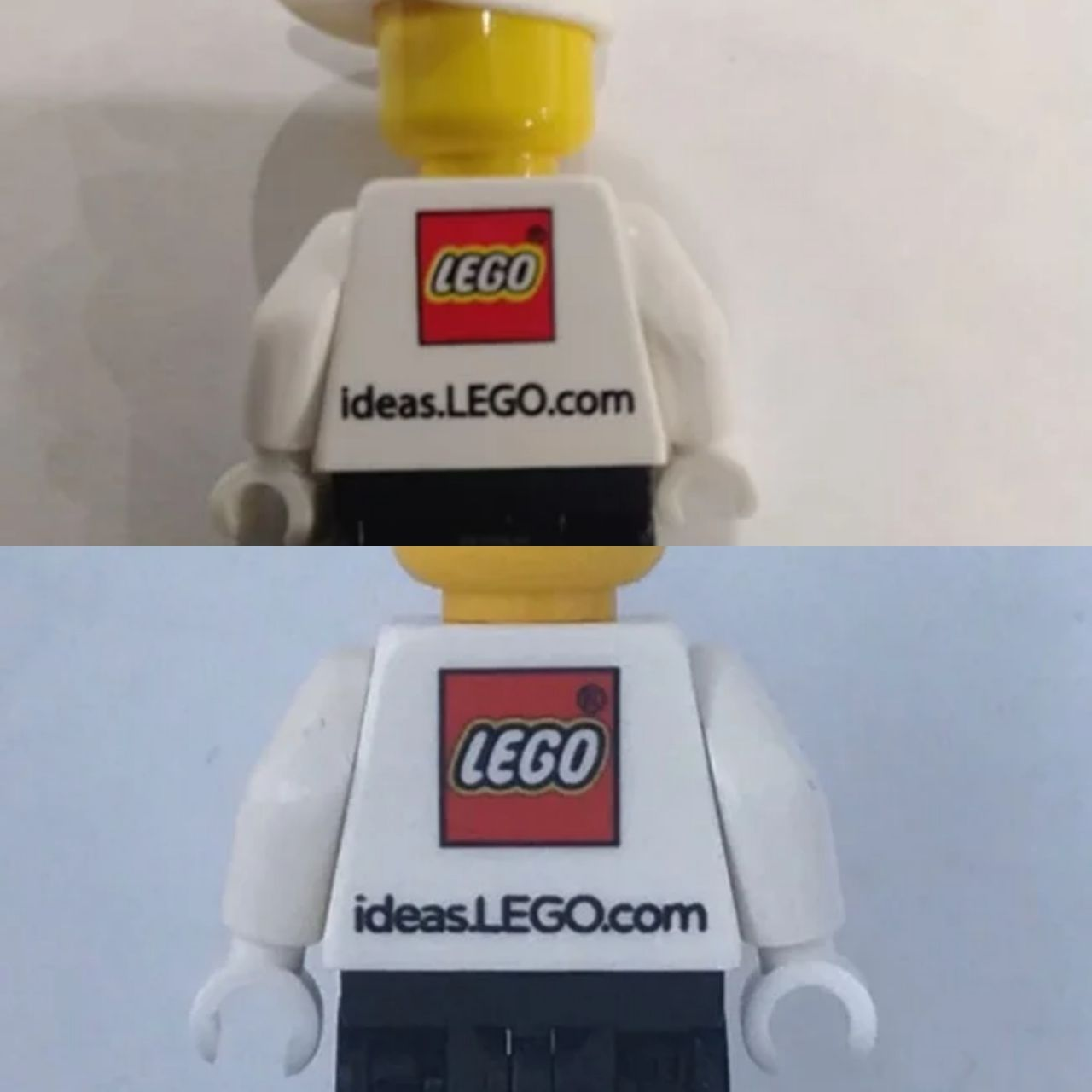
19 comments on this article
Might just be your vocabulary but as a Chinese speaker it's pretty funny to see Chinese characters being referred to as "hieroglyphs" lol. The characters on the backs of those torsos refer to the minifigs' gender. The female means, well, "female" (since it's just one character; it could well mean "girl" or "daughter"), and the male one means "boy" or "son". That difference, as you can imagine, is very intentional and meaningful, and not just a minor or cosmetic difference.
My experience with torso printing differences has been that BAM torso in the LEGO store tend to be missing back prints altogether, and BrickLink has no mention of these.
Personally, I would never have shipped a Hubster mining this rare without a lot of insurance... and I mean, a lot!
Very interesting review and article. I have learned a lot about a theme I did not know about. Thank you.
Wow this realm of rare minifigure collecting feels so foreign...
I have a rare minifigure. My copy of 7787 The Bat-Tank: Riddler and Bane’s Hideout came with a misprinted Batman torso. Instead of lt bley like it was supposed to be, it is white. I took off the lt bley arms, added white arms and white legs to create my first Space-Bat.
Hum... Custom-printed minifigs have the differences in design? How surprising!
Maybe it's me, but I find this slight variation in text or mis-print-thus-rare and worth a lot is forced by collectors to create a market and status. There are some real rarer mini figures out there.
Isn't it interesting that these are so collectible (and therefore expensive)? Not something I can see myself pursuing but I do enjoy reading about it, thanks.
I have an Obi-Wan from a magnet set(?) that has no beard printing. Is this a common misprint or do I own a genuinely rare figure? There’s no other defects with the minifigure btw.
I get their status but these don’t interest me at all. They’re all kinda ugly. Other than to say “I’ve got this collection of rare figs” why would you want these?
Is it more for the adventure of finding them? Cause I would never display them.
Also how do you separate faked from real? A lot of the real ones look so poorly printed I’d imagine it’s very easy to fake them.
Honestly, none of these figures are particularly interesting to me. The parts are very common and the prints look as cheap as those found on fake figures or custom printed ones, probably even cheaper. Sure, they might be rare, but other than total LEGO super nerds, who has even ever heard of any of these events? Skaerbaek, perhaps, but the rest? Seriously?
I'm much happier with my collection of standard minifigs with cool and elaborate prints and accessories than some obscure and totally boring basic figure with a print of something I neither have ever heard of nor care the least about.
A lot of these are things that I wouldn't consider to be variations or misprints. Design changes introduced between different years when the year is included in the design are design inconsistencies, sure, but what I'd consider to be a variation is when you see the same changes within a single year. This would indicate that they either printed them from multiple locations, or that they ran a second batch with different printing pads. If the year printed on the minifig is different, then those are completely different minifigs. Likewise, if they produced a design intentionally, and released it knowingly, it's not a misprint. Misprint suggests that it was an accident, where the ReBrick minifig is more what I would call a variation. It was an intentional running change made after the first instances were sent out, but both versions were produced as originally designed.
Now, in that last image, the font used for the print at the bottom appears to be the same basic design, just that the characters all look wider in relation to their height. However, the same text takes up the same amount of width on the torso. I was wondering if the aspect ratio of one or both of the torsos was distorted, but now I see that the URL was just shifted lower to a wider part of the torso where there would be more room for the longer print of the text. It's hard to tell from the photo, but the logo looks like it might be slightly larger. Definitely the yellow halo around the name is less pronounced.
Now, the one Korean minifig has a typo, as one minifig says "BricKorea" and the other says "BrickKorea" with an additional "k". But even then it's hard to classify one as being a misprint without knowing more of its history. Was it a test run that was rejected? Is it a counterfeit? There's a set of LEGO Store employee minifigs with yellow aprons. One of those is a very rare zombie version that was given out in much lower numbers than the basic version, but even rarer than that is a printing error of the regular employee. The nametag ended up being printed on the wrong side of the apron because the person who made them didn't realize that there are special holes stitched into the apron that you can thread the pin back of the nametag through without damaging the cloth. So, the first batch of those was rejected and he had to print a new batch. Only a handful of that first batch made it into the wild, and that's something I would consider a true misprint.
@LegoSonicBoy :
That's true, but while "hieroglyph" is most closely associated with the ancient Egyptians, it is commonly used to refer to other similar writing systems, especially those that are pictographic or logographic in nature.
@peterlmorris :
I bought a handful of yellow heads with the original 2006 Catwoman print. The same seller had a sand-green head with the 2006 Joker print that I really kinda wish I'd bought with them now. But the most common misprint from the Batman theme is the 2008 Harley Quinn torso. They produced a batch where the mixed up the print order of the black and white layers. The black color blocks were supposed to be added first, with white accent lines added last. On this batch, the black color blocks obscure any white printing that's supposed to appear within them, so all four of the waistline curves are half-hidden by black, and the collar looks a bit wonky around the edges. But the most noticeable result is that she appears to only have one breast. They did also release corrected versions of the same torso, but Bricklink doesn't catalog the two variations, so if you want to get a specific version, you'll have to start asking sellers until you find one who can verify which one they have listed.
@Trigger_:
You have what is commonly known as an "error". Generally speaking, this makes it less desirable to the average collector, but there are a few collectors out there who specialize in oddities. If you can find one who collects that sort of thing, they might pay a little over the going market rate. This is enough to encourage many sellers to go root through their collection to see if they have something very specific, or to keep an eye out for any that they may come across in the future, but it's a rare piece indeed that will spark off a bidding war.
Let's assume my comment is unrelated to the article (because I have a lot of respect for people who can write in a second language)...so let's assume this is just a random question, but @Huw, I'm guessing that you don't edit user-submitted articles for spelling or grammar?
@jaredhinton said:
"Also how do you separate faked from real? A lot of the real ones look so poorly printed I’d imagine it’s very easy to fake them. "
It’s very easy to remove print without leaving a trace. So if the only difference between variants is that one has some missing print such as from its back, it shouldn’t be worth more. It would be too straightforward to fake the more expensive one using a doctored less costly one.
You're a major international corporation
You need to make some keepsakes for a random one-off event
So, do you consult your dozens or hundreds of actual designers, who has A) a formal artistic education, and/or B) a minimum of esthetic sense
Or do you just hand it over to Fred, the PowerPoint guy?
I mean seriously? Comic Sans?
(In all decency, at least you told him to avoid the wrong-aspect-ratio Stop sign, the fake Donald Duck about to smash a computer, and the ScreenBeans - even if it was just 'cause they wouldn't fit on a minifig)
This is a very detailed article, and interesting, luckily for me I have no interest in collecting these types of figures (lucky for my wallet) but I have to ask..... some of them appear to be a very simple print, not even a logo.... could they not be easily faked? Every year it has to be easier to print (as technology and demand increases).
Most of these look like they were printed in some shed anyway. No sense of style or artistic effort whatsoever. Fake or real, who cares when they look this crappy to begin with?
You would think they put in at least a little bit of effort, considering these figures are obviously meant as keepsakes for some special event.
@Zander:
Depending on how the print was removed, you might be able to see evidence that it was done. I've heard of at least four different methods, and the two that I've used either leave micro-scratches in the surface, or a bas-relief image of the print that you've removed.
@axeleng:
Have you ever seen their business-card minifigs? Many of these look similar. These aren't printed like paper products. Every color you want to use means they have to cut a special printing pad, and they need to book time on a machine that can handle that many steps (and at times we've heard that their printing machines have been running at full capacity). The Inside Tour and 5k Monterrey 2013 minifigs are the worst offenders, as they both feature five-color print on one side. And Comic-Sans, for all the grief it gets from font-snobs, has one serious advantage over the vast majority of fonts out there, which is that it's highly legible.